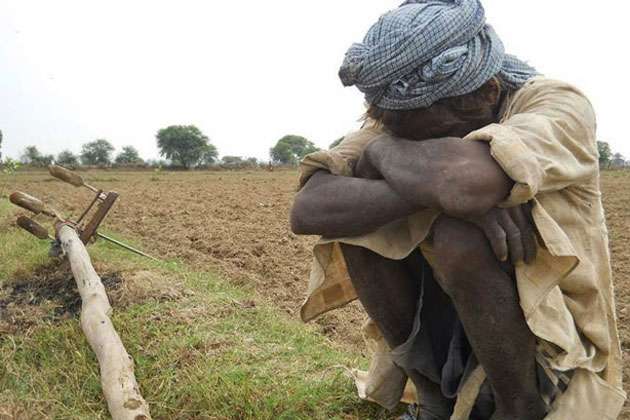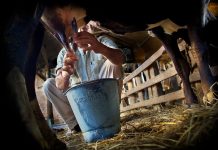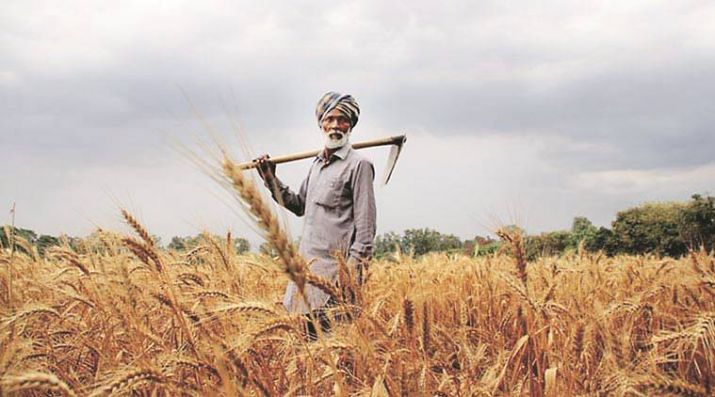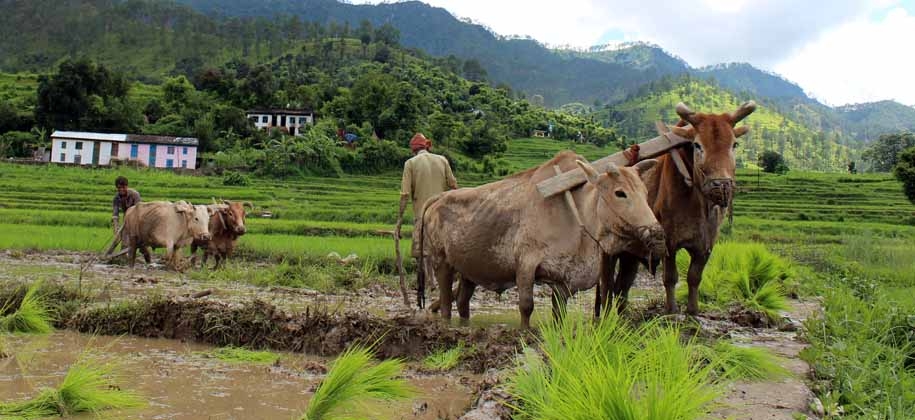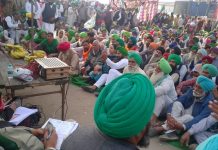- Nilotpal Kumar teaches at Azim Premji University, Bangalore. He is the author of Unraveling Farmer Suicides in India: Egoism and Masculinity in peasant Life (OUP 2017).
A CSDS-Lokniti-The Hindu-Tiranga TV- Dainik Bhaskar pre-poll survey, conducted days before the first round of voting for the Lok Sabha election, reported agrarian distress to be a “very real” issue among 10,010 respondents from across 19 states of India (The Hindu, April 5, 2019).
But the survey also reported that “farming distress might not be much of an electoral issue” to dent the popularity of the incumbent central government. “Only 6% respondents” found “farming related issues” to be the “most important issues” while voting.
These farmer respondents are likelier to be from Maharashtra and Haryana than from the remaining 17 states included in the survey. The survey findings focus on the Lok Sabha elections.
But since they appear within a year or two of farmers’ protests in Mandsuar, Madhya Pradesh (MP), Nasik, Maharashtra and Delhi, they raise questions about farmers as ‘political groups’. How can we understand farmers’ electoral politics? Drawing on my research in Andhra Pradesh, I offer three clues here.
Farmers’ political interests: Irrigation and higher incomes
Plenty of evidence—anecdotal and scholarly— points out that farmers participate in state elections with local and regional level interests. This has been the case in current Andhra Pradesh assembly elections. But, “farm-related issues” do not include only concerns regarding farming related subsidies, loan or insurance schemes and output prices.
Other economic and social interests also matter to farmers in their voting. In the 2019 AP assembly elections, for instance, voting farmers have taken seriously their (in) ability to access limited government welfare benefits as particular caste and class groups. Rising ‘money power’ in elections also seems to play some role in farmers’ voting choices.
In the Rayalaseema districts, large and middle farmers from the dominant Reddy and Kamma castes have turned horticulture since the mid-1980s. In an arid ecology, they have depended on their capacity to invest in costly bore well irrigation to succeed. While fruit output prices were relatively low through the 1980s to mid 1990s, they were aided by moderate input prices, particularly of electricity.
This equilibrium changed in the late 1990s. Small backward caste (BC) farmers also began to attempt horticulture in lieu of oilseeds production. Only some succeeded in this massive rush for groundwater extraction. The late 1990s also saw the introduction of economic ‘reforms’ in Andhra Pradesh under the Telagu Desam Party (TDP), starting with increasing electricity tariff. Consequently, for both the wealthy Reddy and Kamma horticulturists—who lead the YSR Congress Party (YSRCP) and the TDP respectively— and the small BC farmers, receiving bore-well and power subsidies has been a major political interest.
But, this irrigation politics has come under ecological strain lately. With sparse sub-surface irrigation coverage, groundwater extraction has led to large-scale bore well failures in the area. Scores of middle and small BC farmers have had to destroy their fruit-bearing orchards while richer farmers have sunk additional wells or have purchased water.
YS Rajsekhar Reddy’s Congress (I) government sought to construct canals under its Jal Yagnam programme in 2004, and in some stretches, new constructed canals have been linked with local tanks and ponds now. But since then the local irrigation politics has become more polarized. Keen to replace YSR’s legacy on irrigation, TDP leaders have organized Jalasiri Harathi (i.e., paying obeisance to water bodies) programmes in village tanks and ponds across the state since mid-2018.
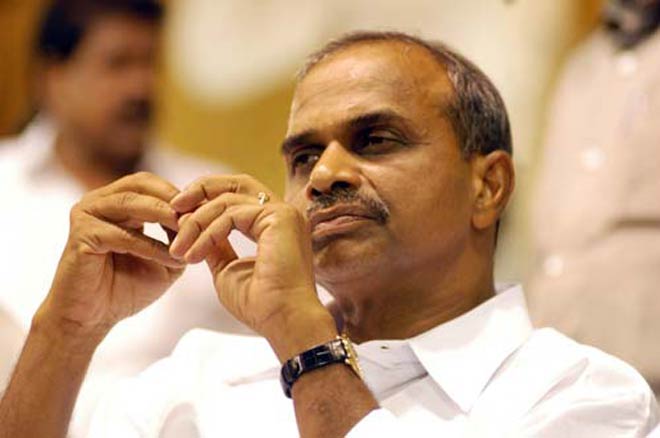
Reports of TDP supporting farmers obstructing YSRCP leaders from visiting local water bodies have been common during these programmes. BC horticulturists supporting YSRCP have been asked to vote TDP if they wished to use tank waters during these summer months.
On its part, the YSRCP has promised ‘free bore wells’ to farmers in its 2019 manifesto, if voted to power, enthusing many BC farmers in the region.
The politics of managing social exclusions
Besides their interests in increasing incomes, many farmers are also driven by other social concerns in their voting behavior. As members of caste-groups, they vote to be able to lay claims on the government against the claims of other caste groups whom they consider their ‘competitors’. In so doing, caste coalitions try defending and commanding local social spaces— from village streets and squares to sub-district spaces and offices—against their competitors.
The dominant Reddys are concentrated in Rayalaseema districts where they make for 25% of the regional population. They have long constituted the chief vote bank of the Congress (I) and now the YSRCP.
To the Reddys, the incumbency of the YSRCP is therefore an opportunity to ‘recover’ the pre-eminence of their erstwhile caste standing and interests. Even for small Reddy farmers, the recovery of this pre-eminence is attractive.
It means commanding ‘respect’ and labour from local BCs and SCs and receive ‘preferences’ for themselves and their supporters in government farm and welfare schemes. For richer ones, it means receiving public work contracts, liquor shop licenses, ‘cuts’ in large infrastructural projects, and being posted in key administrative positions as part of the rural bureaucracy.
Many local backward castes and Schedule Caste (SC) peasants have voted against the Congress (I)’s ‘Reddy Raj’ by joining the TDP. But in villages with sizeable backward caste population, maintaining a homogenous identity has always been difficult for them. The uneven command of bore-wells has only made it more difficult. In the run up to 2019 elections, many BC famers loyal to TDP spoke angrily about how all government benefits (e.g. housing and farm subsidies) in their villages had been cornered by a bunch of rich horticulturist and supporters during the last five years.
In some villages the local TDP leaders countered this charge by saying that they bargained hard to get the highest number of beneficiaries from their villages for receiving ‘government benefits’. How could they help if benefits were still too meagre? Overall, the anguish amongst TDP supporters was palpable in this election.
The use of money power on the part political parties aims to address these contradictions. The stronger and richer Reddy and Kamma caste politicians try to engage weaker and poorer BC and SC castes through monetary incentives.
In some backward caste villages, excepting party leaders, almost all resident individual voters received an average of Rs. 1,000 from one party, and Rs.500 from another, during 2019 campaign. Poorest voters received a premium of another Rs. 2,000-4000 per family from one party. Dinner parties were additionally thrown for male voters while female voters were paid separately. In other villages, voters complained of receiving less or no money.
This distribution pattern sustains two inferences. One, dominant caste party candidates differ in their capacity to command a trusted chain of cadres across villages to distribute money. Second, as voters, farmers make judgements about the level of ‘dissatisfaction’ they have about an incumbent government when they are receiving payments for a vote.
This time around, the TDP was trying to wean back the ‘moderately dissatisfied/fence-sitting’ supporters. At least some such farmers who received money would vote for the party. Overall, money-power and alcohol was specifically directed at poorer lower caste peasants to seduce them to cast their votes for designated parties.
The possibilities and limits of field-level politics
As the CSDS survey reveals, the expectations about farm subsidies and higher incomes matter in farmers’ voting choices. Poorer farmers also evaluate an incumbent party’s welfare distribution record at individual level when voting. But in states like AP, with sharp sub- regional and caste-based inequities, such expectations inevitable take a caste specific expression. Farmers thus respond to a composite set of expectations in which realizing higher incomes combines with commanding the local government and social spaces. Ironically, in such a scenario, even the use of money-power or physical aggression against one another becomes reasonable.


